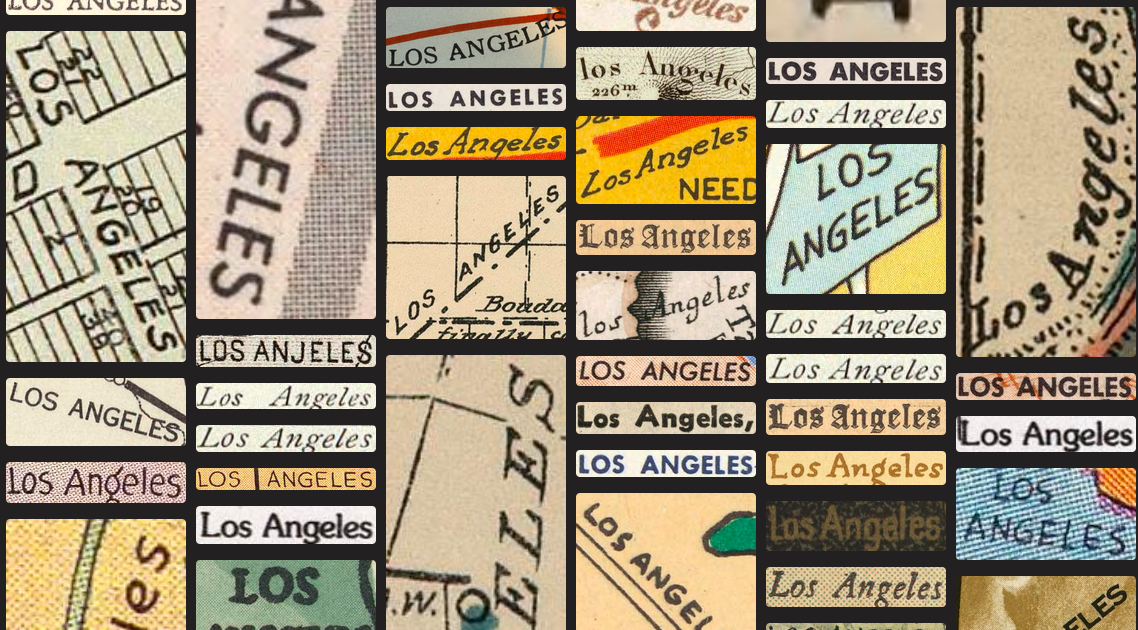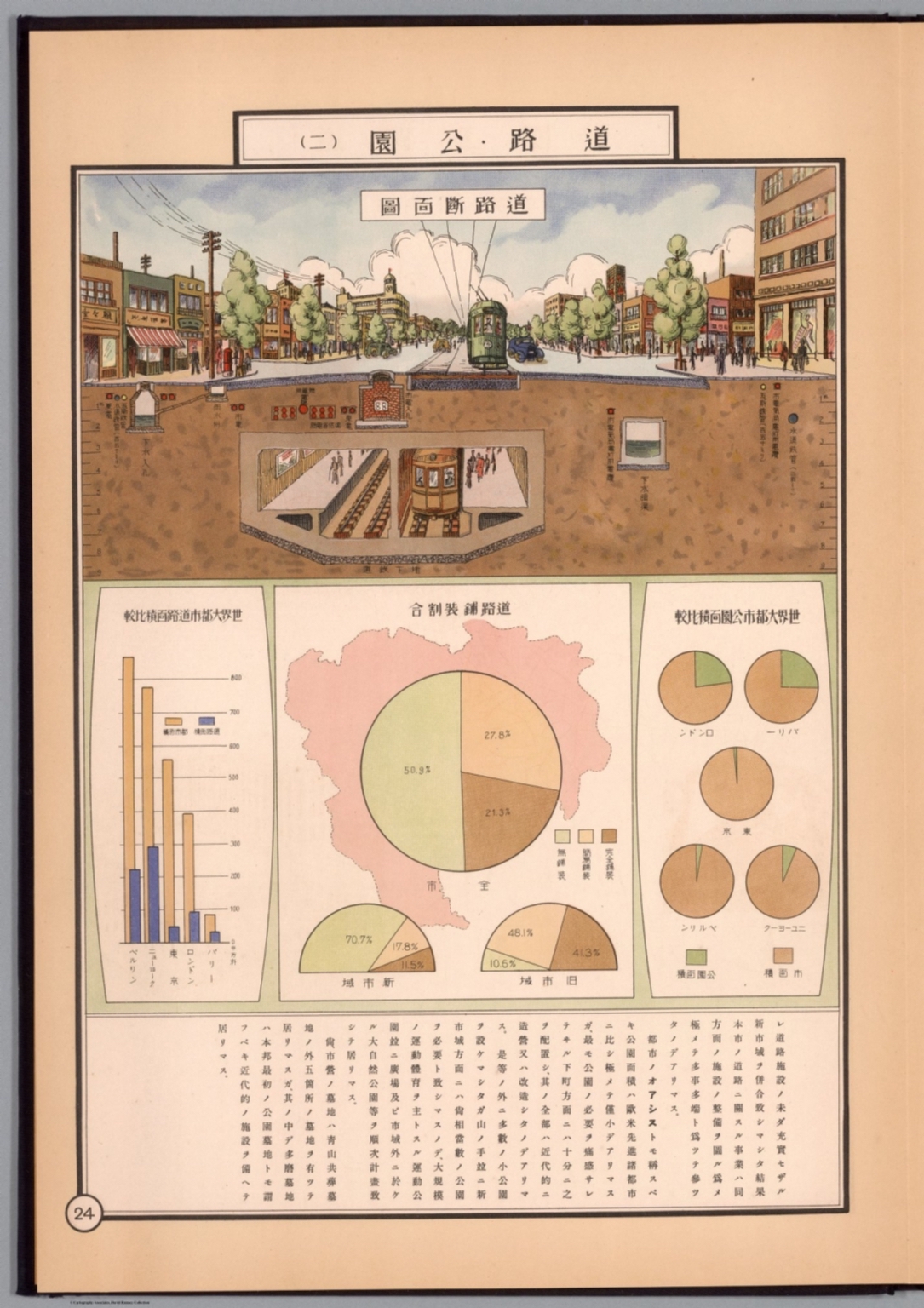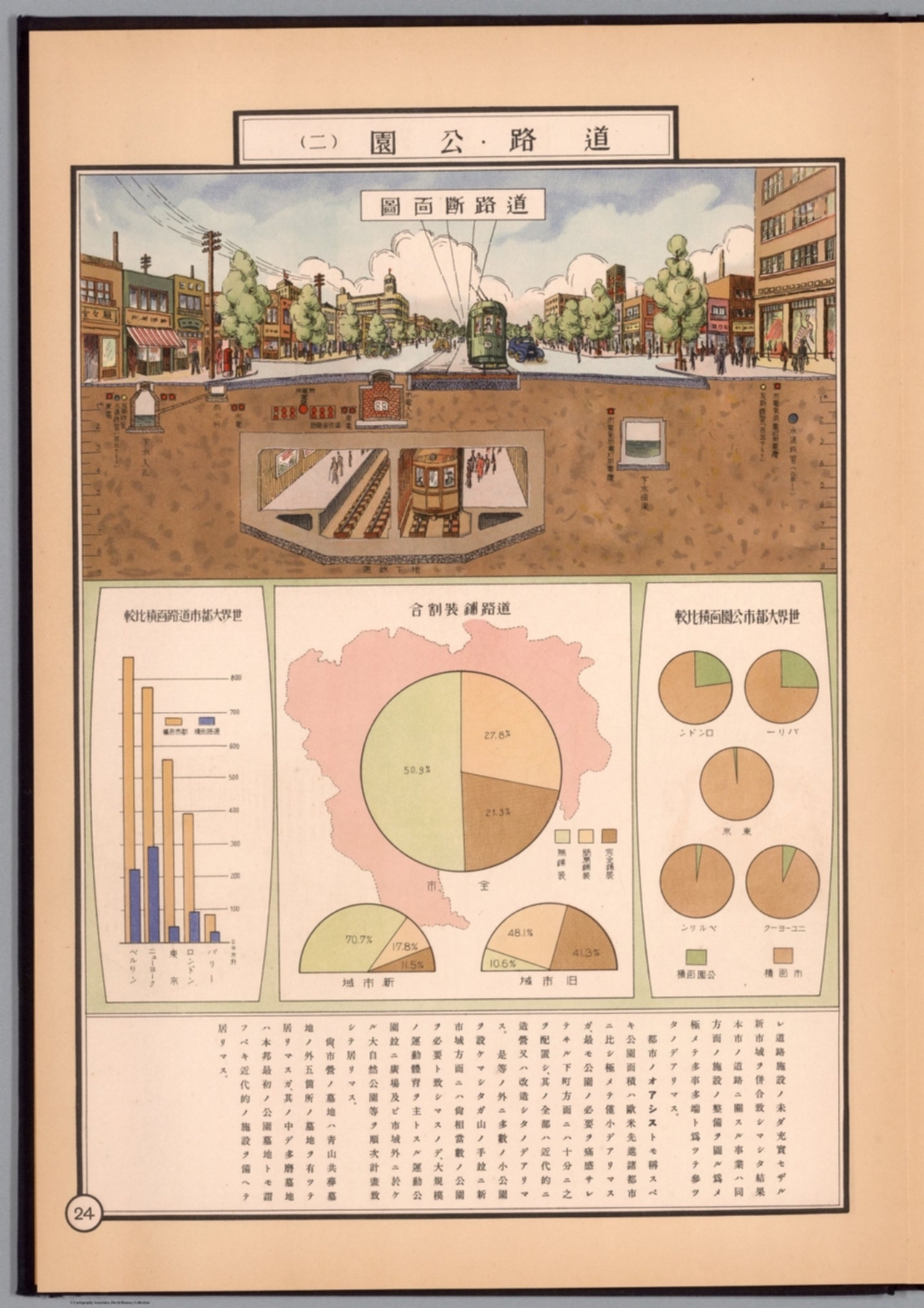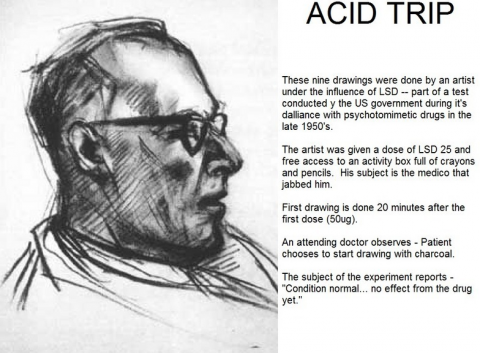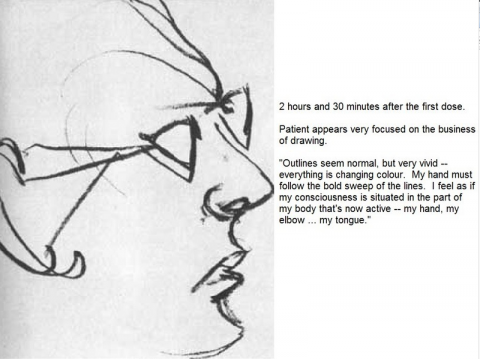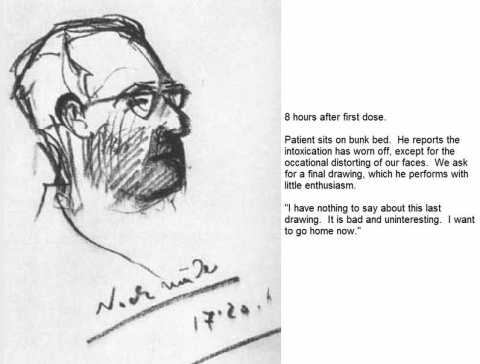Ex Africa semper aliquid novi. Attributed to various luminaries of antiquity, that saying (the probable inspiration for Isak Dinesen’s poem “Ex Africa,” itself the probable inspiration for her memoir Out of Africa, which in turn was loosely adapted into Sydney Pollack’s Oscar-lavished film) translates to “Out of Africa, always something new.” But it’s perhaps more notable that out of Africa came something quite old indeed: humankind itself, which over the past 60,000 years has been spreading ever farther across the world. You can see how it happened in the Insider Science video above, which animates those 60 millennia of global migration in less than two and a half minutes.
For more detail, consider supplementing that video with this one from GeoNomad, which tracks the outward expansion of humanity through DNA research. “Scientific research has shown that the 7.5 billion people who occupy the earth today are the descendants of a woman who lived 200,000 years ago,” explains its narration.
“Scientists call her Mitochondrial Eve,” in reference to the DNA located in mitochondria, a type of energy-producing organelle known as “the powerhouse of the cell.” Both male and female humans possess mitochondrial DNA, of course, but only female mitochondrial DNA passes down to offspring; hence our not talking about a Mitochondrial Adam.
DNA mapping has allowed us to trace the genetic and geographical history of the Mitochondrial Eve’s descendants. Some left for other parts of Africa, and others for what we now know as the Middle East and India. Whether by wanderlust or necessity — and given the harrowing conditions implied by their low survival rate, the latter probably had more to do with it — certain groups continued on to modern-day southeast Asia and Australia. It was through western Asia that the first humans entered neanderthal-populated Europe as early as 56,800 years ago. There, some 546 centuries later, Terence would write, “Homo sum, humani nihil a me alienum puto”: a declaration perhaps made in the suspicion that, when you go back far enough, we’re all one big family.
Related content:
New Study Finds That Humans Are 33,000 Years Older Than We Thought
How Humans Migrated Across The Globe Over 200,000 Years: An Animated Look
Where Did Human Beings Come From? 7 Million Years of Human Evolution Visualized in Six Minutes
The History of the World in One Video: Every Year from 200,000 BCE to Today
Cats Migrated to Europe 7,000 Years Earlier Than Once Thought
Based in Seoul, Colin Marshall writes and broadcasts on cities, language, and culture. His projects include the Substack newsletter Books on Cities, the book The Stateless City: a Walk through 21st-Century Los Angeles and the video series The City in Cinema. Follow him on Twitter at @colinmarshall or on Facebook.

